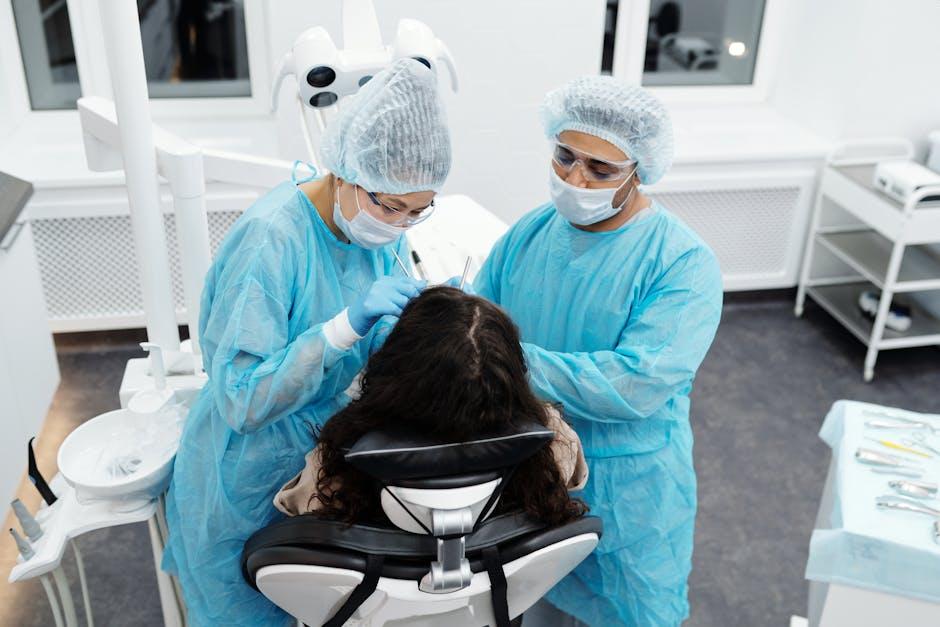
People Who Could Not Afford Dental Services in the U.S. (1999-2019) – Statista Insights
Access to dental care remains a critical component of overall health, but for many Americans, the cost of dental services is a significant barrier. Between 1999 and 2019, a notable portion of the U.S. population reported avoiding or delaying dental care due to affordability issues. This article delves into the statistics on people who could not afford dental services in the U.S. over two decades, analyzing key trends, demographics, and practical solutions to improve access. Using reliable data from Statista and other reputable sources, we’ll explore why dental care affordability remains a challenge and what can be done to address it.
Understanding the Scope: U.S. Dental Service Affordability (1999-2019)
Dental care includes routine check-ups, cleanings, fillings, crowns, and sometimes more complex procedures. For many Americans, these services are necessary but can be prohibitively expensive. Dental insurance coverage is less common than medical insurance, often leading to out-of-pocket expenses that many cannot afford.
Key Statistics from Statista
| Year | Percentage of People Who Could Not Afford Dental Care (%) |
|---|---|
| 1999 | 12.8% |
| 2004 | 14.1% |
| 2009 | 16.3% |
| 2014 | 14.0% |
| 2019 | 13.5% |
The data shows a peak around 2009, correlating with the Great Recession, when many Americans faced economic hardship. The percentage slightly declined after 2014 but remained significantly higher than the late 1990s.
Why Could So Many Not Afford Dental Services?
Several factors contribute to why a substantial number of people in the U.S. could not afford dental care:
- Dental Insurance Coverage Gaps: Unlike health insurance, dental insurance is not universally available or mandated, leaving many uninsured.
- High Out-of-Pocket Costs: Treating dental issues often involves upfront payments that many low-and middle-income families struggle to manage.
- Economic Downturns: Financial crises, such as the 2008 recession, drastically impacted disposable income.
- Income Inequality: Lower-income groups are disproportionately affected by affordability issues.
- Geographical Barriers: Rural areas often lack affordable or easily accessible providers.
Demographics Most Affected
According to various health surveys, certain groups have faced more significant barriers to accessing dental care:
- Low-income Families: Struggle financially to pay for services.
- Uninsured Adults: Dental coverage is often excluded from Medicare and many employer benefits.
- Minority Populations: Often experience systemic barriers and cost issues.
- Children: While some states provide Medicaid dental coverage for children, gaps remain.
The Impact of Dental Care Inaccessibility
Not seeking dental treatment when needed has wide-ranging consequences, including:
- Worsening Oral Health: Untreated cavities and gum disease can lead to permanent damage.
- General Health Risks: Poor oral health is linked to heart disease, diabetes, and complications in pregnancy.
- Reduced Quality of Life: Pain, difficulty eating, and social stigma.
- Increased Emergency Room Visits: For preventable dental emergencies, leading to higher healthcare costs.
Practical Tips for Overcoming Dental Care Affordability Challenges
If you’re struggling to afford dental care, consider the following strategies:
- Look for Dental Clinics Offering Sliding Scale Fees: Many community health centers adjust fees based on income.
- Use Dental Schools: They offer low-cost care performed by supervised students.
- Investigate Government Assistance Programs: Medicaid and CHIP provide dental coverage for eligible children and some adults.
- Dental Discount Plans: Subscription-based plans that provide reduced rates on services.
- Maintain Good Oral Hygiene: Preventative care saves money in the long-term.
- Ask Your Dentist About Payment Plans: Many offices provide financing options for costly procedures.
Case Study: The Economic Recession and Dental Care Access
The Great Recession (2007-2009) provides a stark example of how economic instability directly affects dental service affordability. During this period:
- The percentage of people who could not afford dental care rose to its highest point in the last two decades, reaching over 16% according to Statista data.
- Unemployment increased, reducing employer-sponsored insurance coverage.
- Households prioritized essential expenses, often sacrificing dental care.
This case underscores how economic security is tightly linked to overall dental health access.
Conclusion: Moving Towards Better Dental Care Access in the U.S.
From 1999 to 2019, millions of Americans faced significant barriers in affording dental services. While progress has been made since the peak of dental care inaccessibility around 2009, affordability remains a persistent challenge for many, especially vulnerable populations.
Improving access to affordable dental care requires a multi-faceted approach including expanding dental insurance coverage, increasing community dental services, and promoting public awareness about available resources. On an individual level, making informed choices and utilizing available programs can mitigate financial barriers.
By understanding the trends and challenges substantiated by reliable sources like Statista, we can better advocate for policies and programs that ensure oral health equity, enhancing quality of life for all Americans.


